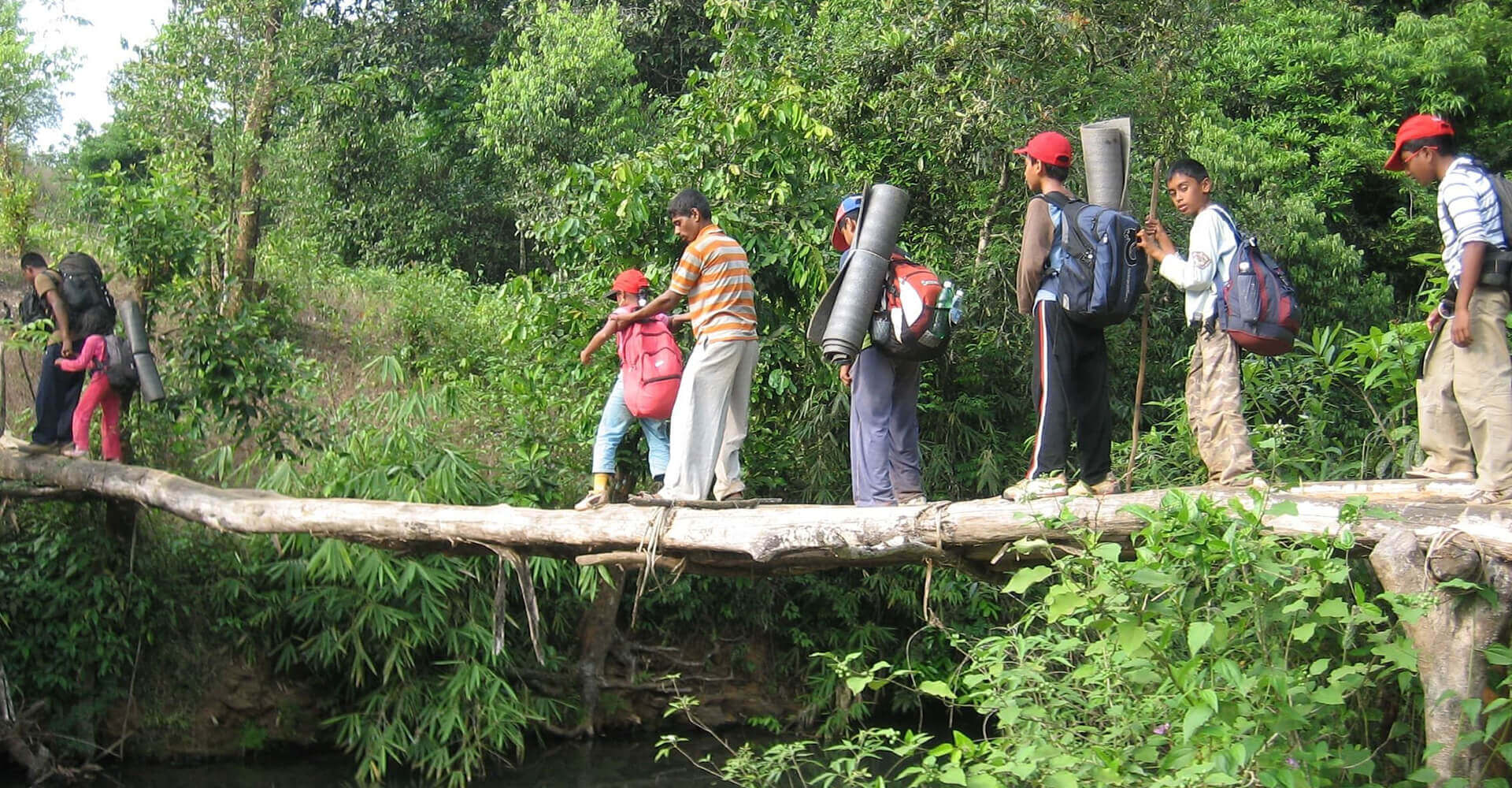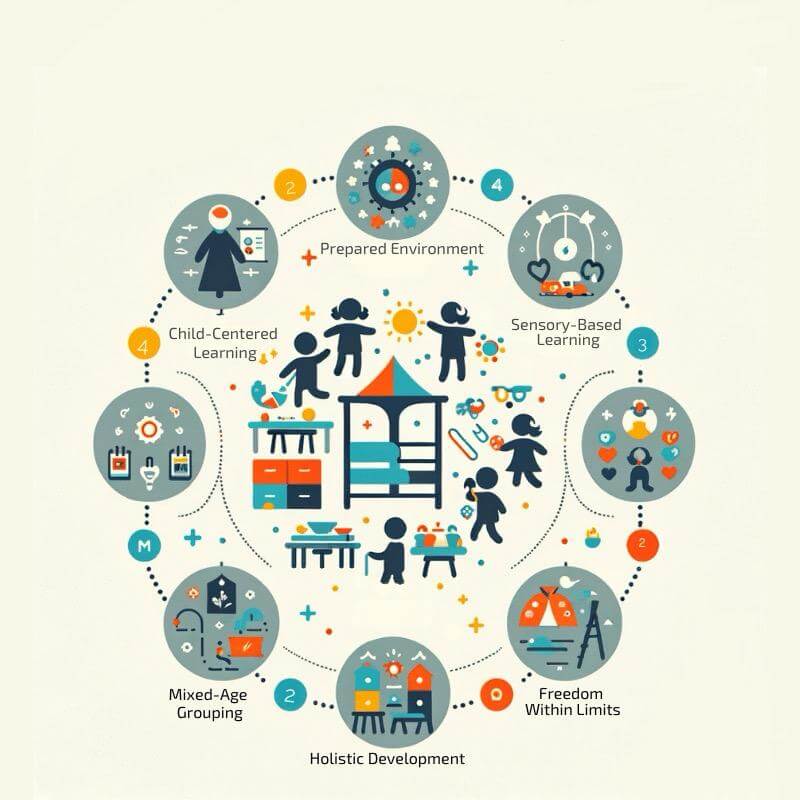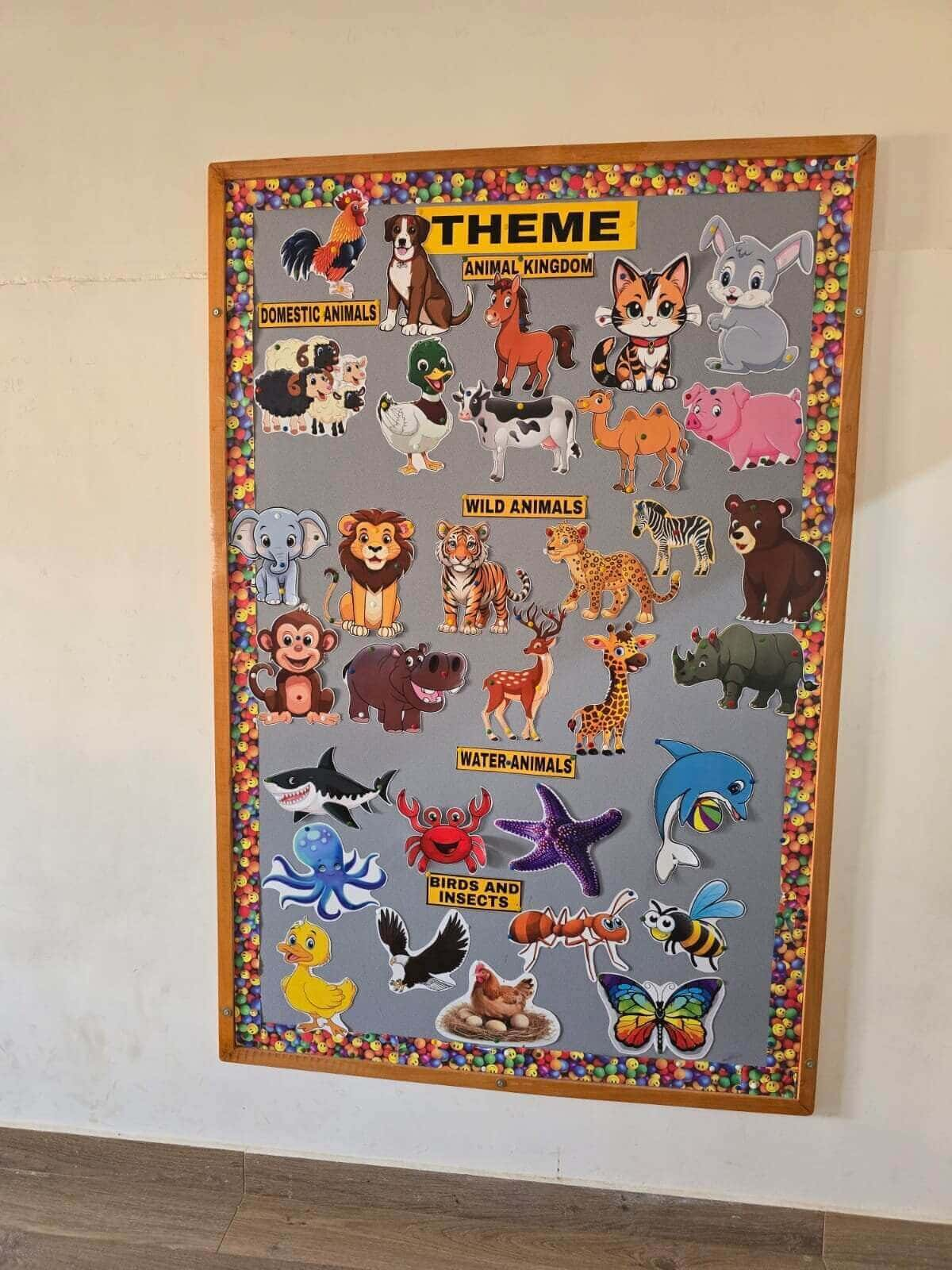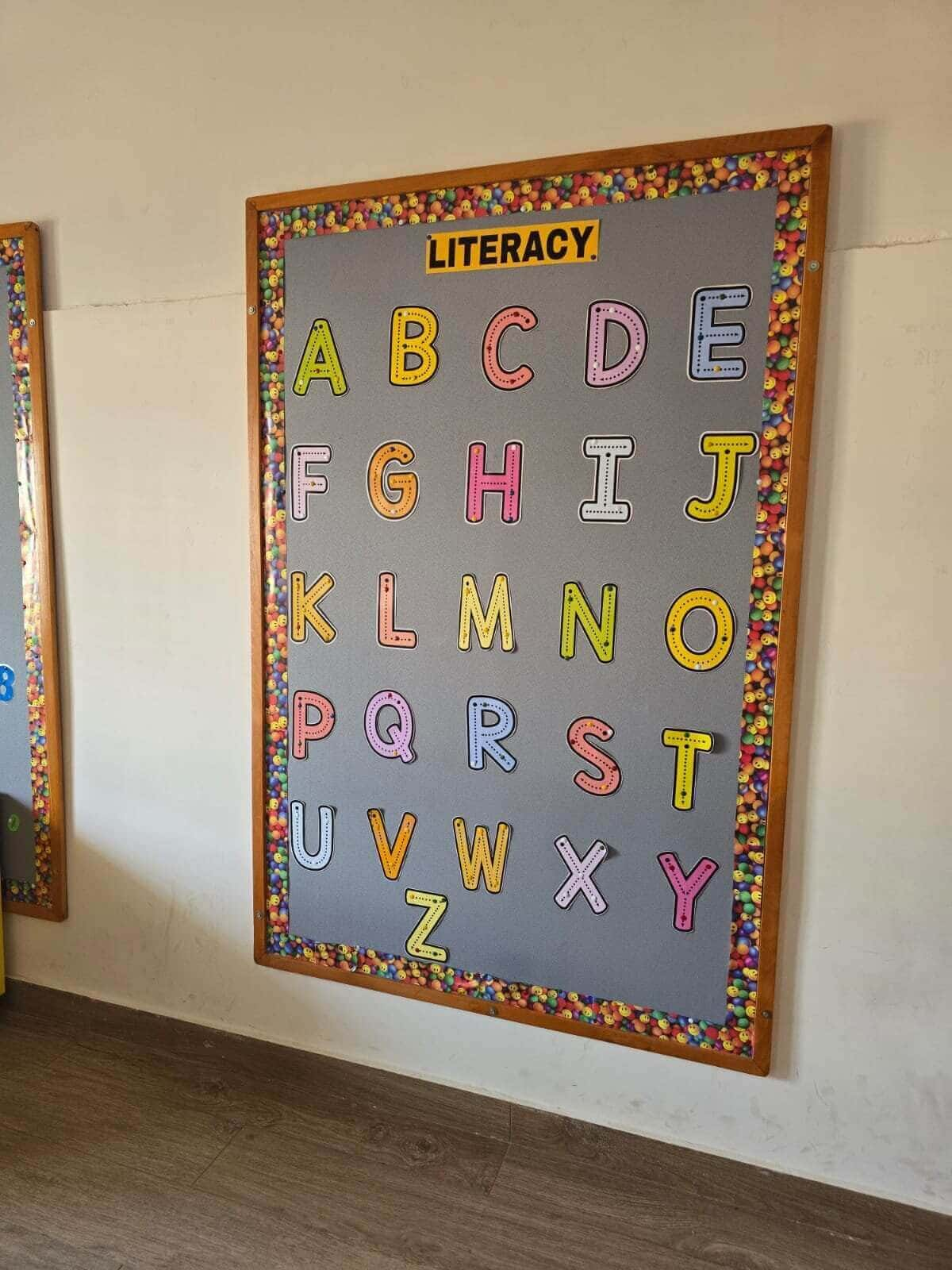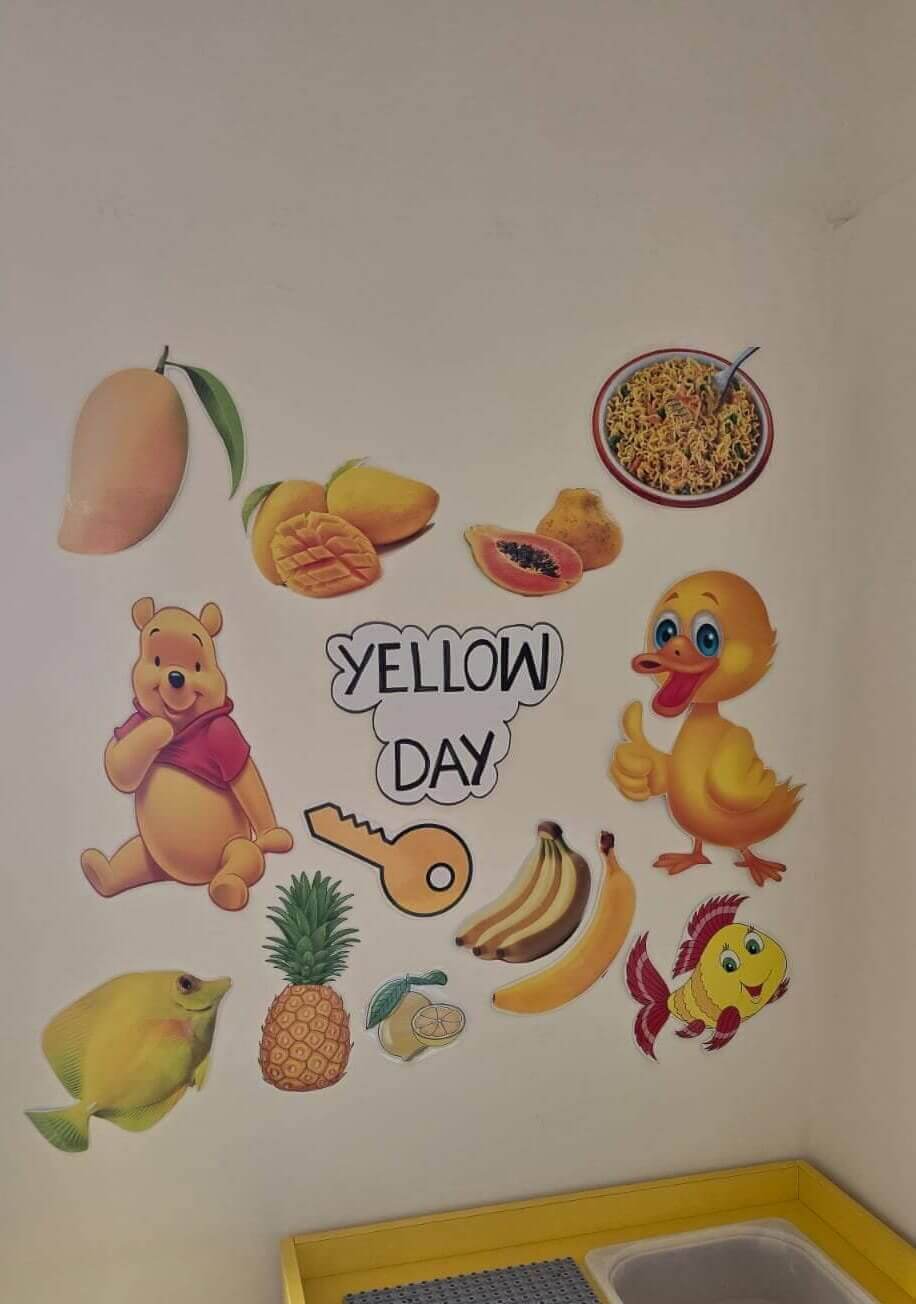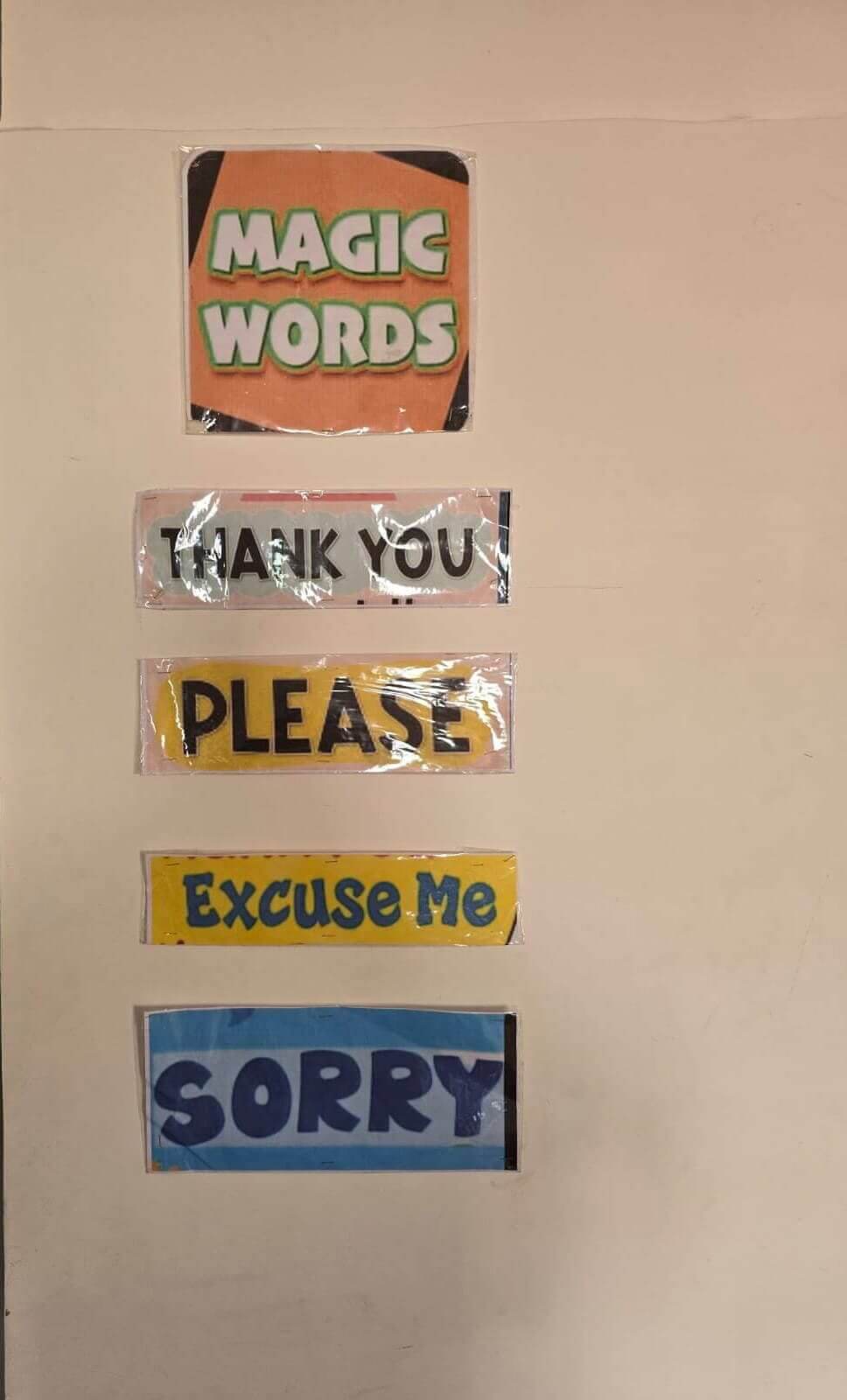Rootbridge School,
the School of Life!
At Rootbridge School, we believe that learning should be a joyful and holistic experience. Our school is designed to nurture young minds and foster a love for learning that will last a lifetime.
In essence, a holistic curriculum recognizes that learning is a multifaceted process that extends beyond textbooks and classrooms. It aims to nurture the whole child, equipping them with the skills, knowledge, and values they need to thrive in a complex and ever-changing world.


